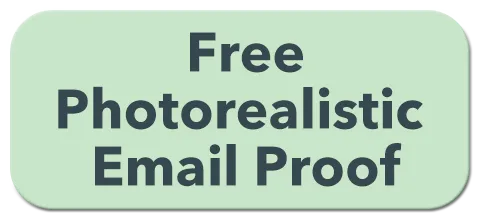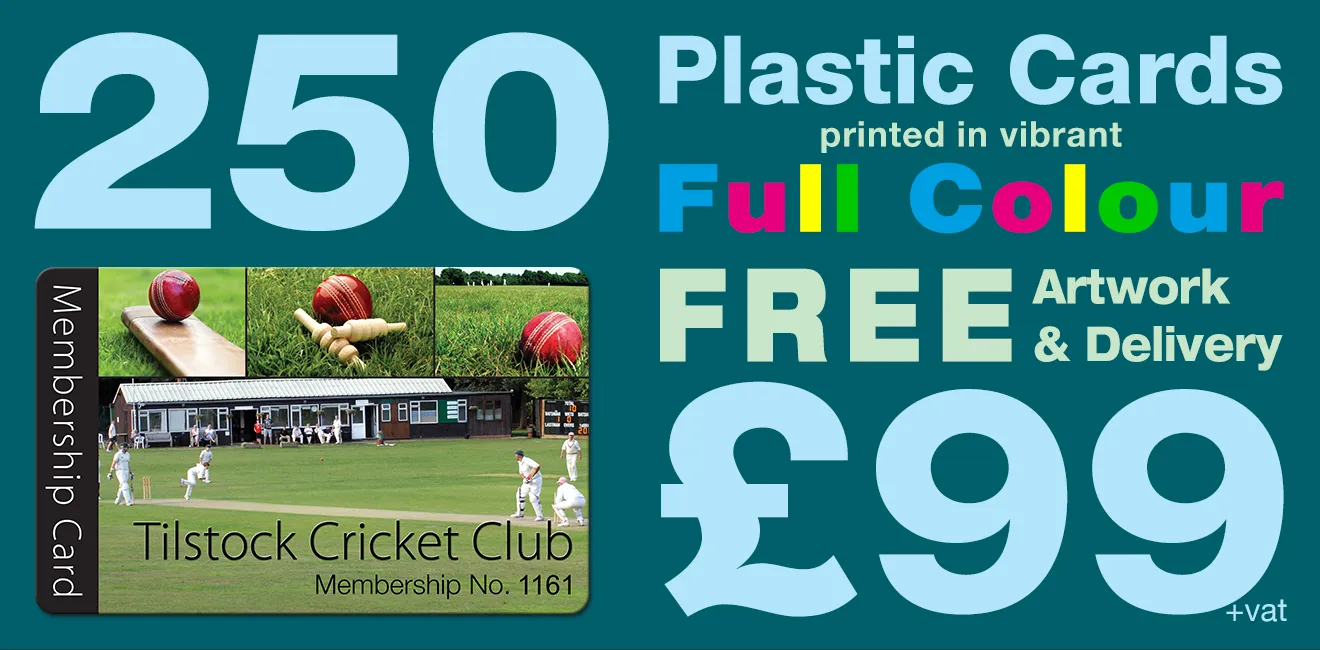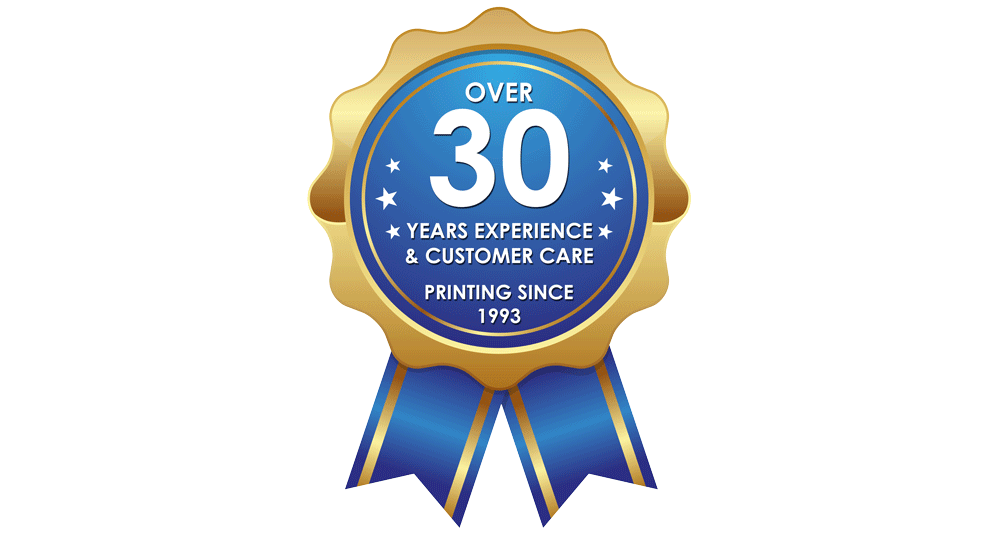CMYK Plastic Card Printing Explained
Most of our Membership Cards and Full Colour Plastic Cards are printed using a CMYK printing process.
A CMYK printing process is a very common printing process used worldwide, it does have some limitations.
The details below explains the process involved.
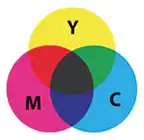
Information regarding CMYK printing process
By printing overlapping halftones of Cyan, Magenta, Yellow, and blacK, we can produce a wide range of colours, wide enough to print realistic looking photographs. This technique, known as "CMYK process printing”, which is in common usage throughout the world. Note: black is given the initial K to eliminate potential confusion with blue or brown.
If you look closely at any magazine, and you'll see the telltale tiny dots rather than a solid colour which may be more apparant with greens and oranges, this is because there is no actual green or orange ink used!
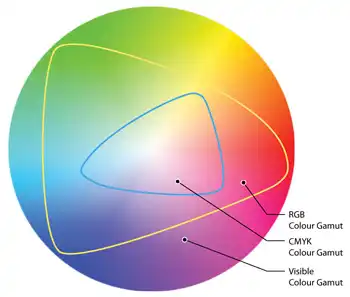
RGB gamut
The word "gamut" is used to describe a range of reproducible colours with a given set of tools.
There are some colours which a computer monitor (RGB - Red, Green, Blue) can display but are impossible to print using the standard CMYK inks, for example, certain vibrant deep blues and rich reds are "outside the gamut" of CMYK and therefore impossible to print to look the same using a CMYK printing process.
It is often a challenging task to explain to customers why there is absolutely no way to get that shade of blue using a CMYK printing process, no matter how much we want to!

In order to print properly, any image files that you supply for CMYK printing must be in CMYK mode. RGB files will look good on screen & they will even look good when printed on many of the desktop colour printers on the market today.
However, they will not separate properly when made into film, and the resulting full printing job will not look the way you expect it to look.
Most of the time, the colour change that occurs is slight. Every once in a while though, we get artwork whose effectiveness is severely compromised when the colour range is compressed during the transition to CMYK.
It needs to be accepted as a fact that it is possible to see colours in RGB (i.e. an image on your computer monitor, smart phone or tablet screen) that simply cannot be printed to look the same with a CMYK printing process!
Colours that cannot be printed are said to be "out of the CMYK colour gamut".
What happens is that the RGB-to-CMYK translator just gets as close as possible to the appearance of the original and that's as good as it can be.
It's something that everyone in the industry puts up with, i.e. there is no “Work around” or anything that can be done to “fix the issue”
Printing Greys
If a grey looking colour is to be replicated, for example a totally grey background colour, it is recommended a CMYK grey is used rather than a pure K grey. For example, if a grey is made up of C0% M0% Y0% K20%, the dots will be visable. If a CMYK grey was made up of a percentage of each of the CMYK colours, then it will look much smoother when printed.
Find out more information on our cmyk plastic cards
Introduction to CMYK and printing
CMYK stands for Cyan, Magenta, Yellow, and Key (not black), which is a common misconception.
It's called this because the Cyan, Magenta, and Yellow printing plates are all aligned against the key Black plate.
Basically when you make a large run of printed material you have a different plate for Cyan, Magenta, Yellow, and Black.
As the CMYK colour model is subtractive, since you begin with a white surface and you subtract brightness from it, once you start putting ink down.
If you look really closely at a magazine or some other mass produced printed material, you'll notice that the imagery is made up of tiny little cyan, magenta, yellow, and black dots.
This is called halftone printing and since ink is semi-transparent, when you start layering those colours on top of each other, they make the full spectrum of the rainbow.
When you're printing, you want to make sure that you always set your images to be CMYK and not RGB.
The screen can render very bright and vivid colours beautifully, but a CMYKL printing process isn't going to be able to.
Colours look completely different in print than they do on the screen, and it's better to find that out early or else you're in for a very unpleasant surprise.
When you're preparing documents for print, you want to be aware of your bleed area and your trim line.
The trim line is where the paper / plastic is going to be cut. But if you want the image to go all the way to the edge of the paper / plastic, you'll have to leave a bleed of 3mm.
That way if the paper / plastic ends up shifting a little, leaving you with a really ugly white line on the edge of your paper / plastic.
You'll also have to leave a bleed if you're planning on having your project die cut, which it when it's cut into a fancy shape by a machine.
Let's talk about DPI.
DPI stands for dots per inch, and it's basically how many pixels are printed on each inch of the paper / plastic.
Images saved for the web are usually 72 DPI, but if you're printing a book or a poster, it'll only need to be somewhere around 300 dpi.
This is why if you find a small image off the internet and you try to print it, it'll come out really pixelated, because the pixel information you need for a high-quality print just isn't there.
You can change the DPI in Photoshop by going to image size and then changing the resolution.
And if you uncheck "Resample image," then you can change the DPI without changing any of the pixel dimensions.
One thing you have to consider with DPI though is what distance you're viewing the object from.
Basically the farther away you are, the lower the DPI has to be.
While images in a book need to be at least 300, a billboard could get away with something like 20 DPIs since you're so far away from it.
Now let's get back to colour and look at the difference between plain black and rich black.
With CMYK there are two ways that you can make black.
First, you could just use black ink, which is called plain black.
Or, you could layer cyan, magenta, and yellow right on top of each other and then put black on top of that, which gives you rich black.
Photoshop, Illustrator, InDesign, programs like that have their own ratios for what makes rich black.
You don't want to just set all four values to be 100 because then you'll just have way too much ink on the paper / plastic.
So when do you use plain black versus rich black?
For large blocks of text, you'll want to stick with plain black because if any of the printing plates are a little bit misaligned, then all of your text will end up with a coloured shadow.
But for an image or a large area where you really want a deep, dark black then rich black is the way to go.
I guess this is a little more about colours than I had thought it would be.
Okay, let's talk about spot colours and Pantone colours.
Spot colours are a specific colour that you want to be printed besides CMYK.
For example, a very specific red or green.
The print shop will mix up a separate ink and it'll have its own plate.
Obviously the more spot colours you have, the more expensive the job ends up being.
Pantone is the brand that makes the Pantone Matching System.
This is a standardized set of thousands of colours of ink, all of which are numbered so that you can tell a printer, anywhere in the country, to use, say, PMS 130, and it will always turn out the exact same colour no matter what it looks like on your screen.
Pantone also makes metallic and neon inks and so you can start getting really fancy, outside of just CMYK.
Okay, finally let's talk about different file types and what they all mean.
There are two types of files: raster and vector.
A raster file is made up of pixels, like a JPEG or a PNG.
Vector means that it's made of mathematical formulas and so it can be scaled as big as you want without losing any quality.
Adobe Illustrator files are a vector files, and when you export a PDF from Illustrator, that's also a vector file.
One thing to remember though, if you're printing from a vector file, you'll want to make sure to make outlines of all your text and to expand all of your strokes and effects.
That way there's less of a chance of a compatibility problem if the print shop doesn't have all your fonts or if they have a different version of Illustrator.
You'll need to talk to your print shop about what kind of file they want specifically.
They might want your Photoshop or Illustrator file so that they can export it exactly to their own specifications.
Those types of files can get really big though, so you might just send it PDF, which is a much smaller file and can embed fonts.
You usually won't be printing from a JPEG just because of the loss in qualities, since it's compressed so much and that's why it's such a small file.
And TIFF is another type of image file often used for printing since it doesn't compress information.
Again though, that can become a really big file, so make sure you ask your print shop what they need specifically.
If you're just printing photos on your desktop printer, you probably won't need most of this information.
But when you're going to professional print shops to get hundreds or thousands of the same thing made, this information will save the print shop employees a lot of time getting your files ready to print.
And it'll save you money from having to get it all redone when it doesn't come out the way you wanted.
RGB vs CMYK vs PMS - What's the difference Why does it matter How do they work When to use them
RGB. CMYK and PMS what's the difference? Why is it important? How do they work? and when should you choose one over the other?
RGB stands for Red, Green & Blue and is the colour space used for any images that will appear on a lighted screen.
So if your graphics will be uploaded to the internet or edited into a video this is what you want.
CMYK also known as four colour process stands for Cyan Magenta Yellow and Key (which is Black).
This is the most common colour mode used in commercial printing if you are printing a photograph or artwork with lots of colour or gradients this is the colour mode you should select in photoshop or whichever design software you are using.
PMS is short for Pantone matching system, which is a proprietary colour system developed in 1962 whose goal was to standardize colour allowing commercial printers, advertisers and manufacturers to create perfect colour consistency across all mediums.
You probably noticed as a kid when you spilled water on your old tube tv screen that little red green and blue dots magically appeared. The screen you are looking at right now is made up of millions of tiny dots known as pixels those pixels are made up of three smaller sub pixels that are either red green or blue.
These sub pixels are added in various combinations to create a wide array of colours when all three are added at a hundred percent you get white, which is why rgb is known as an additive colour model.
Now, let's talk about cmyk also known as four colour process or sometimes just process colour.
If you've ever had to change out the ink in your home digital printer you've probably noticed that the colours are separated into four different cartridges.
Cyan, a sort of light blue, Magenta a deep pink then Yellow then Black. This is identical to the way most large offset printers are set up as well, using a process called half toning an image or artwork is split up into these four base colours.
A printing plate is made for each and as the paper / plastic passes through the press each colour is laid down on top of the next resulting in a full colour image.
CMYK is a subtractive colour model which means the more colour you remove the closer you get to white.
Since we're talking about printing here, white is represented by the blank sheet of paper / plastic that sits underneath your printed ink.
Four colour process printing was developed in order to create an efficient way to produce lots of colours with only one setup of the press.
This is much quicker than printing with Pantone spot colours which we will talk about in just a minute, so when should you use CMYK colour?
In general if you are printing photographs or artwork that has a ton of colours, gradients or shading then four colour process printing is the best fit.
It is important to note that the CMYK colour you see on your screen will never match exactly the physically printed colour because your screen is backlit the colours will always appear more bright or vibrant.
Now, let's talk about PMS Pantone spot colours.
As I mentioned before PMS colours are proprietary colours owned by x-rite which are mixed by combining 14 base pigments in various amounts. Pantone also offers specialty colours like neons fluorescents pastels and metallics.
Although all modern design software include Pantone palettes within them in order to properly reference these colours you will want to order the physically printed colour guides or fan books from Pantone's website or amazon.
PMS colours should be used in the following scenarios:
A. When you need perfectly accurate or matched colour like the ups brown for example
or
B. When you just want to ensure a bright solid stunning colour as many lighter colours can appear dull when printed in four colour process.
As of the year 2000 it is estimated that around 30 of Pantone colours cannot be faithfully reproduced with four colour process printing. More recently Pantone did develop a seven colour process system called extended gamut which adds Orange, Green and Violet, in addition to Cyan, Magenta, Yellow and Black and this allows for more of the Pantone colour palette to be accurately recreated.
What's the difference between RGB and CMYK?
Here I am going to compare the RGB colour model versus the CMYK colour model.
Because those are the two models that you will use most when you're doing any design work or when you're speaking to your graphic designer.
The CMYK colour model
Now this is what's known as a subtractive model or a reflected light colour model and the reason for that is that we start off with a white page and as we add ink to the page it gets darker and the more ink you add it will eventually get to black.
CMYK stands for Cyan Magenta Yellow and Black now the reason the black has a letter K is that comes from old printing terms where K would be the key plate and that would have all the details and information of the job at hand so K represents black in this colour model.
RGB colour model
Which is what's known as an additive model and unlike CMYK when you add the colours of the RGB model, red green and blue and overlay those you get white.
With RGB you'll be using that for any designs that you will be viewing on a screen and that could be a laptop screen a desktop computer your phone a television anything that's projecting light onto the screen will use the RGB colour model.
So CMYK is subtractive, add the colours you get black.
RGB is additive, add the colours you get white.
RGB has a much wider colour range than CMYK and that's what's known as the colour gamut.
When you are going to be creating a piece of artwork you need to in your head understand where that's going to be seen.
If it's purely going to be for on-screen use then you design your artwork using the RGB colour model but if you're going to be doing something that may be for on screen and printed or solely printed then you need to use the CMYK colour model and the reason for that is as I've explained RGB has a much wider colour range so if you were to design something in the RGB mode that had say bright oranges or bright greens if you then transfer that over to the CMYK colour model it will actually mute down the colours that you have.


